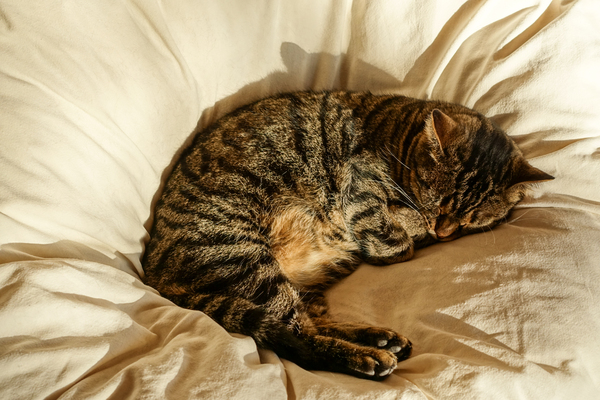
Cat litter and litter boxes play a pivotal function in the lives of both felines and their owners. From the humble beginnings of sand and soil to the innovative improvements these days, the world of cat litter has actually evolved significantly. In this extensive guide, we dig into every element of cat litter and litter boxes, exploring their history, types, advantages, obstacles, and whatever in between.
The history of cat litter go back centuries, with ancient civilizations utilizing sand, soil, and even ashes as primitive litter products. Nevertheless, it wasn't till the mid-20th century that modern-day cat litter as we understand it emerged. In 1947, Edward Lowe presented the world's first industrial cat litter made from absorbent clay, changing the method felines relieved themselves inside. Given that then, cat litter has actually gone through various changes, with the introduction of clumping litter, silica gel litter, naturally degradable choices, and more.
Today, cat owners are spoiled for choice when it pertains to picking the ideal litter for their feline buddies. Conventional clay litter stays popular for its cost and effectiveness in soaking up smells. Clumping litter, which forms solid clumps when wet, simplifies cleaning and upkeep. Silica gel litter, made up of highly absorbent silica crystals, offers remarkable smell control and durability. Naturally degradable choices, such as recycled paper, wood pellets, corn, and wheat, appeal to environmentally mindful customers.
Each type of cat litter offers special benefits. Clay litter masters its Self Cleaning Litter Boxes ability to soak up wetness and control odors, making it a reputable choice for lots of feline owners. Clumping litter simplifies daily scooping and extends the time in between complete litter modifications. Silica gel litter offers exceptional odor control and can last longer in between replacements. Naturally degradable litters offer a sustainable option that lessens environmental effect.
While cat litter boosts indoor feline hygiene, it is not without its challenges. Dust from clay litter can posture respiratory risks for both felines and humans, triggering the popularity of dust-free Pine Pellet Cat Litter alternatives. Some felines may establish litter box aversion due to issues with texture, fragrance, or cleanliness, demanding experimentation with different litters and box setups. Multi-cat homes may need strategic litter box positioning and frequent upkeep to prevent territorial disputes and make sure all cats have access to tidy facilities.
Picking the suitable litter box is necessary for promoting positive litter box practices and overall feline wellness. Factors to think about cat litter mat include size, availability, and design choices. Covered litter boxes provide privacy and assistance contain smells, however some cats might find them confining or frightening. Open-top litter boxes offer simple access and presence but might lead to more litter scatter. Automatic self-cleaning litter boxes streamline upkeep however require routine tracking and upkeep.
Appropriate litter box upkeep is essential for making sure a clean and inviting environment for both felines and their owners. Daily scooping removes waste immediately, minimizing odor and preventing litter box aversion. Routine litter replacement, typically every 1-2 weeks, prevents bacterial accumulation and preserves optimum absorbency. Thorough cleaning with moderate detergent and water, avoiding extreme chemicals that might prevent felines from using the box, must be carried out monthly.
Cat litter and litter boxes play a central role in cultivating a healthy and harmonious relationship between felines and their human companions. With a varied selection of litter options and litter box designs readily available, cat owners have the versatility to customize their options to fit their felines' choices and household needs. By comprehending the advancement, types, advantages, and challenges of cat litter and litter boxes, animal owners can supply their feline friends with a comfy and sanitary indoor environment.